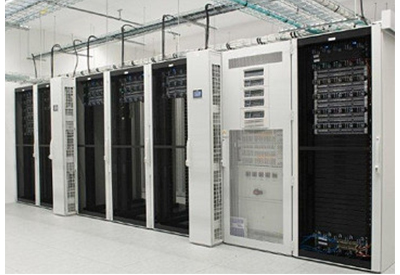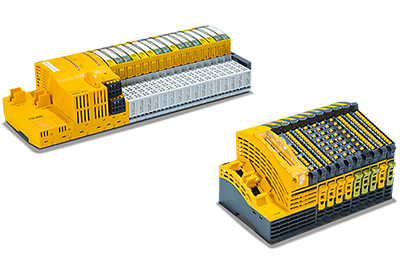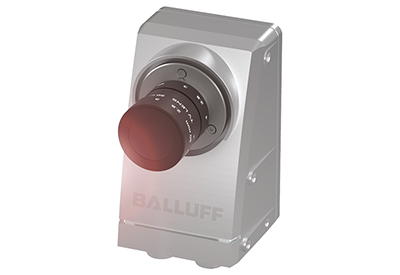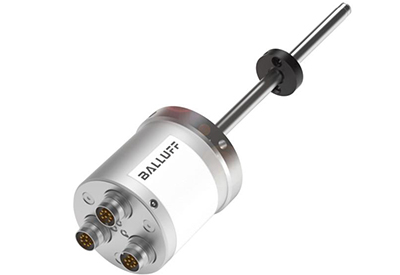ABB: RP450 Small Cell Repeater Power System
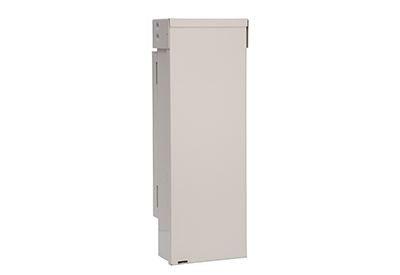
November 10, 2022
As 5G deployments continue to roll out, technologies — including small cells and repeaters — will need to be integrated to help enable widespread connectivity and the vast throughput promised by next-generation networks.
ABB Power Conversion is helping to energize the rollout of 5G repeaters with solutions like its new RP450 power system. The all-in-one solution meets the power density, footprint, and availability needs of 5G repeaters, helping to extend network coverage.
“While small cells represent a critical part of widespread 5G deployment, repeaters are expected to offer a smaller and simpler solution to further extend coverage in densely populated neighborhoods and cities where signals may get blocked by trees and buildings,” said Raj Radjassamy, director, 5G and wireless segment for ABB Power Conversion.
The pole-mounted RP450 power system is specifically designed for 5G repeater applications. It consists of an integrated CLP-series rectifier, six-position DC distribution, surge protection, and an AC input breaker within an IP65-rated, 6.2-inch wide by 5-inch deep by 18.5-inch tall NEMA 3R enclosure.
The power system features an AC service-rated 240-volt (V) AC input and -48 VDC output and can provide peak efficiencies of over 90%. It can be configured in a variety of ways, including with single or redundant rectifier options and with fuse and breaker distribution options. There is also a connection for an additional battery to be added in the future, should a user’s power needs change.
The innovative built-in AC service entrance in the RP450 helps eliminate the need for a separate AC service entrance breaker box to be mounted on the pole to serve the repeaters. Previously, this separate equipment would need to be installed on a power pole, which could result in added lease fees.
“The RP450 has the potential to be a game-changer for wireless carriers and customers,” Radjassamy added. “Assuming a utility company allows the use of the integrated AC service entrance on its power pole, the elimination of the separate service entrance breaker box could result in cost savings for communications service providers. Multiply these savings by the total number of units installed across a network and again by the number of years they will be in use, and it’s easy to see how significant the network-wide savings can be. Lease costs can vary from location to location, but the savings could be significant, regardless.”
Eliminating the need for a standalone AC service entrance will also help address municipal and community aesthetic concerns related to mounting additional equipment on poles.
To learn more about the RP450, click here.

